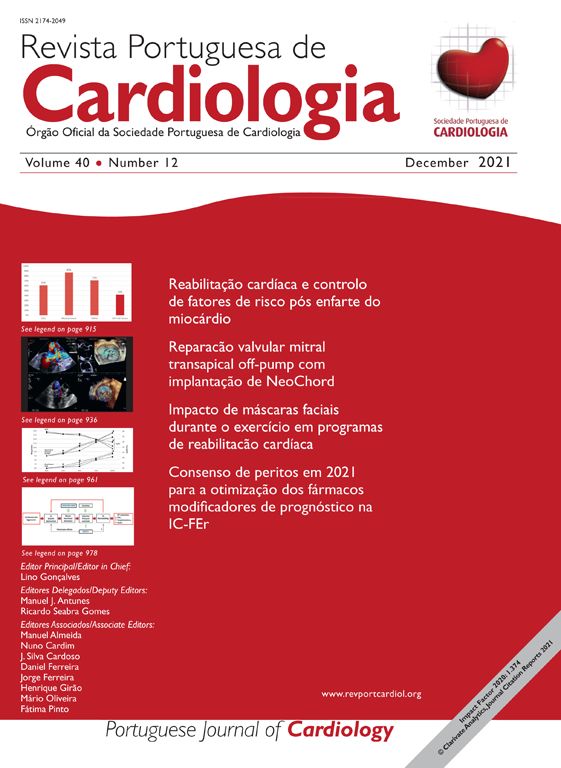Pulmonary embolism is one form of venous thromboembolism and is the third most frequent cardiovascular disease in Europe, with an annual incidence of about 100 per 100 000 population.1 Thrombi in the right heart are seen in 18% of patients with pulmonary embolism2 and over 40% mortality is associated with this presentation.3
In this issue of the Journal, Pinto et al.4 report the case of a 57-year-old patient with previously known severe primary mitral regurgitation who was admitted to the intensive care unit due to massive venous thromboembolism, associated with right ventricular dysfunction and two large mobile right atrial thrombi. It was decided to use an ultra-slow low-dose thrombolysis protocol, due to deterioration in the patient's clinical condition despite standard treatment with unfractionated heparin.
Regardless of clinical deterioration, intervention in patients with thrombi in the right atrium is urgent since thrombus embolization can occur at any time. Unfortunately, as the authors point out, the optimal management of right atrial thrombi remains controversial since there have been no randomized controlled trials comparing the different treatment options.1
However, it was decided to use an ultra-slow dose thrombolysis protocol, given the prohibitive surgical risk. Ultra-slow, low-dose thrombolytic therapy is documented most commonly in the treatment of prosthetic valve thrombosis, as in the TROIA and PROMETEE trials.5,6
The authors demonstrated in this case that ultra-slow low-dose thrombolysis was a safe and effective treatment option. Although this method may provide an effective alternative option while limiting the risk of thrombus dislodgment, some authors have pointed out the possible increased risk of embolization arising from lysis of the point where the thrombus is attached to the right atrial wall.
Echocardiography, considered the gold standard diagnostic tool for intracardiac thrombi, is also the mainstay of embolic risk assessment.
In the absence of controlled trials, the best therapeutic strategy should be decided on a case-by-case basis by a multidisciplinary team, always taking into account factors specific to the patient, such as embolic, bleeding and surgical risk, availability of different therapeutic options, and the experience of the unit.
Take-home messages- •
Thrombi in the right heart are seen in 18% of patients with pulmonary embolism, and over 40% mortality is associated with this presentation.
- •
Intervention for patients with thrombi in the right atrium is urgent, since thrombus embolization can occur at any time.
- •
The optimal management of right atrial thrombi remains controversial since there have been no randomized controlled trials comparing the different treatment options.
- •
Ultra-slow low-dose thrombolysis was a safe and effective treatment option for the management of right atrial thrombi.
- •
Echocardiography, considered the gold standard diagnostic tool for intracardiac thrombi, is also the mainstay of embolic risk assessment.
- •
In the absence of controlled trials, the best therapeutic strategy should be decided on a case-by-case basis by a multidisciplinary team.
The author has no conflicts of interest to declare.





